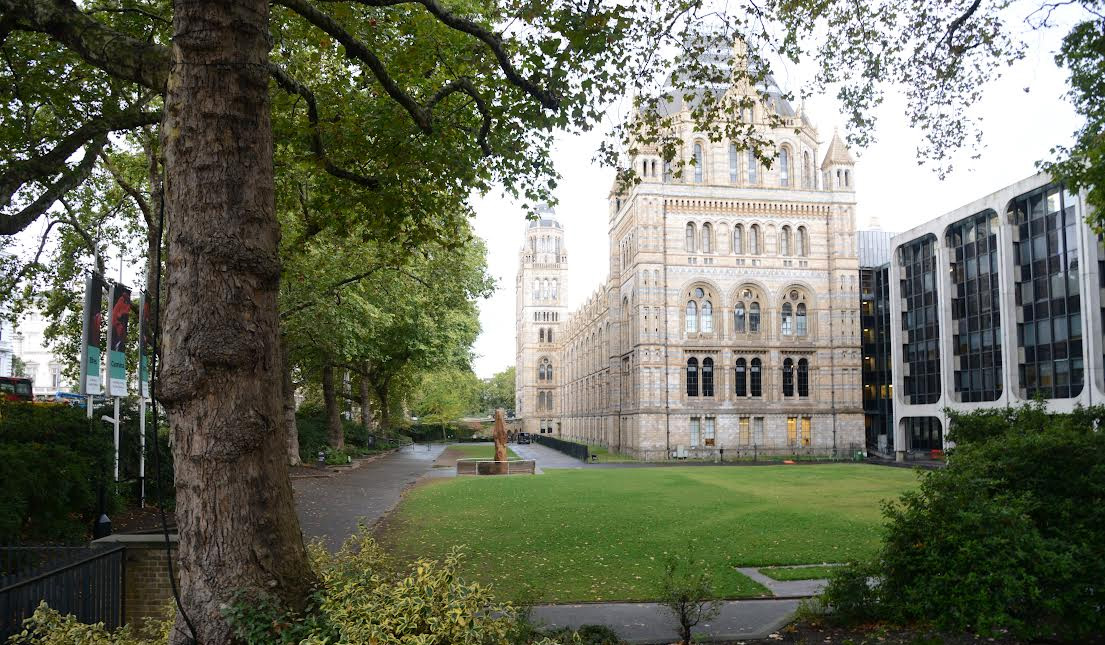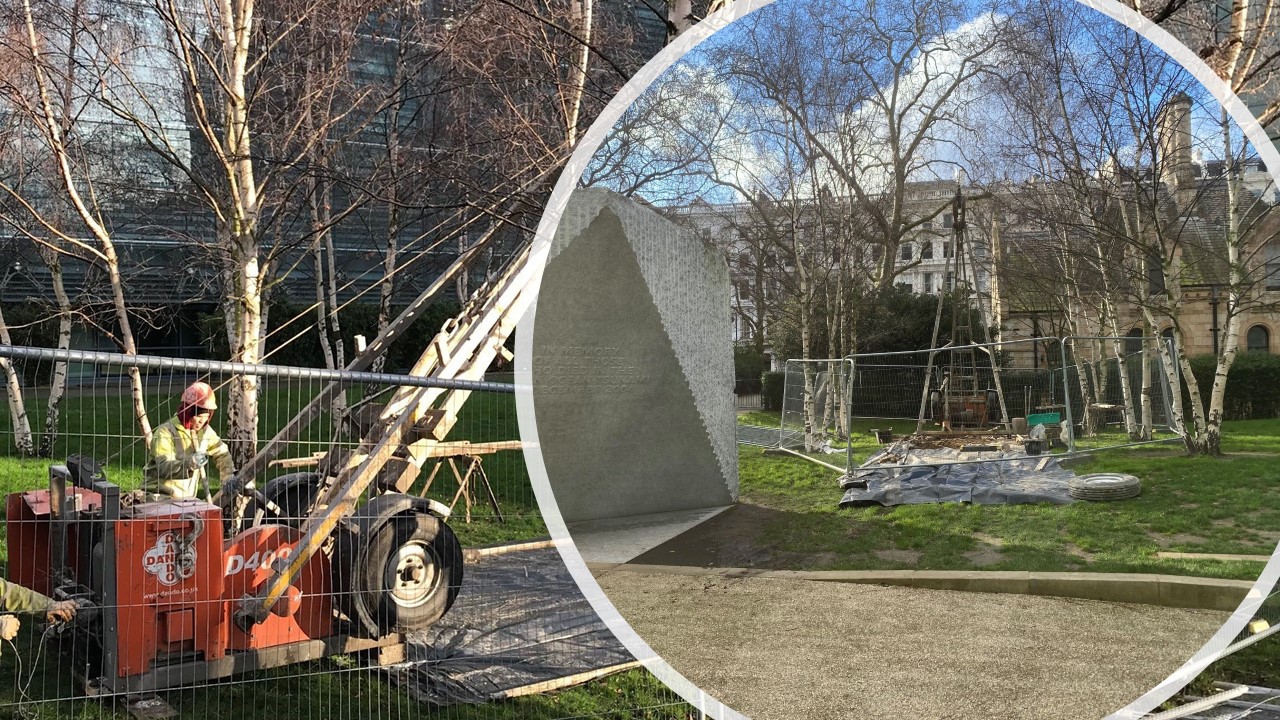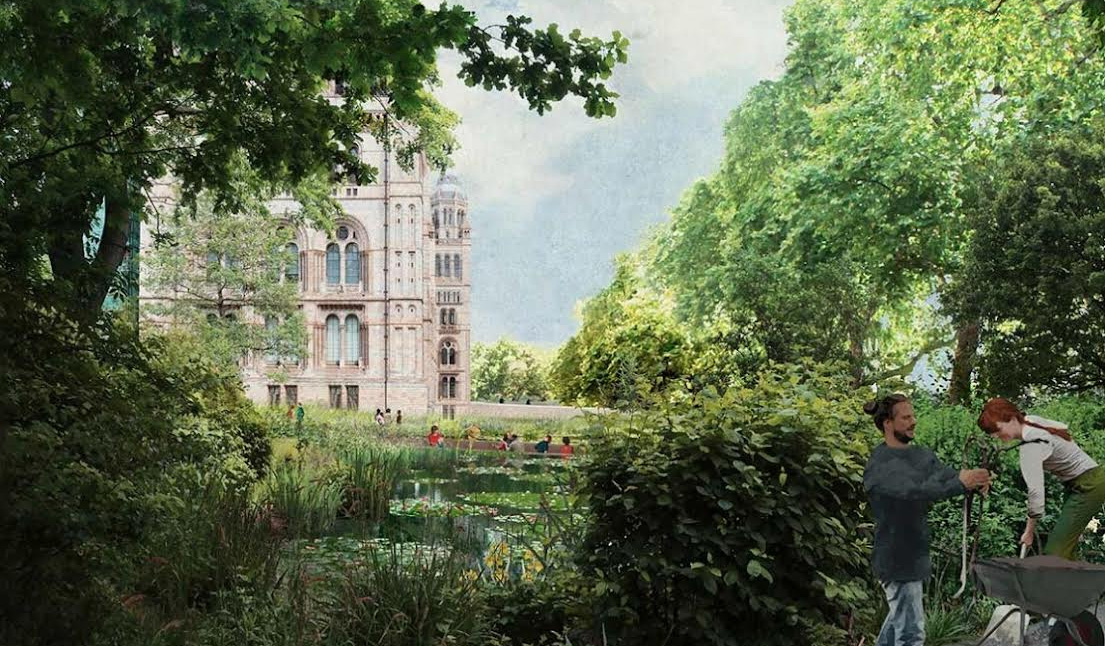Ground investigation at world-famous site in London


GEA was commissioned to undertake a desk study and several phases of ground investigation to support the proposed extensive re-landscaping of the museum site, in addition to the construction of two new single storey buildings. The proposed re-landscaping comprises significant earthworks, including various cut / excavation and fill elements. Following a detailed desk study of the site, various phases of investigation were carried out to establish a ground model across both the East and West Gardens in front of the museum, with work being carried out both when the museum was open and closed to the public.
Phased and targeted investigation was carried out to determine variations in the made ground and the composition of the underlying Taplow Gravel and Kempton Park Gravel. Significant variations in the thickness of made ground were found, and following additional research and viewing archive photographs from the 1870s showing the museum being constructed, it was concluded that they are associated with localised extraction of the gravel deposits. This provided critical information to inform the proposed earthworks and to produce a waste management plan for the project.
One of the project aims was for the proposed development to be as sustainable as possible, limiting the use of concrete and imported materials. As such, the ground investigation was carried out to determine the most efficient and cost-effective foundation design and earthworks, utilising the re-use of materials and ground improvement techniques where possible.
In order to successfully achieve planning permission for the proposed scheme, GEA compiled a remediation method statement, detailing the process and testing regime in order to ensure site-won materials and any imported material are suitable for use. GEA will monitor and validate the earthworks, in order to compile and submit a remediation completion statement, to satisfy conditions of planning.
In addition to the geoenvironmental aspects of the project, GEA have undertaken ground movement assessments for proposed excavations, including an impact assessment on the Transport for London (TfL) pedestrian tunnel adjacent to the eastern boundary of the site with Exhibition Road, to the satisfaction of TfL.
Once fully opened, the museum gardens will provide a fully accessible green space in the heart of London, including the creation of an enhanced wildlife habitat.

Feldon Fowles Architects and J & L Gibbons
EngineersHRW
Natural History Museum
London, SW7
Cultural

Tanya Ferguson
Assistant Geotechnical Engineer
Desk study
Geoenvironmental consultancy
Geotechnical consultancy
Ground investigation
Ground movement analysis
Interpretive reporting
Value engineering
Contact Us